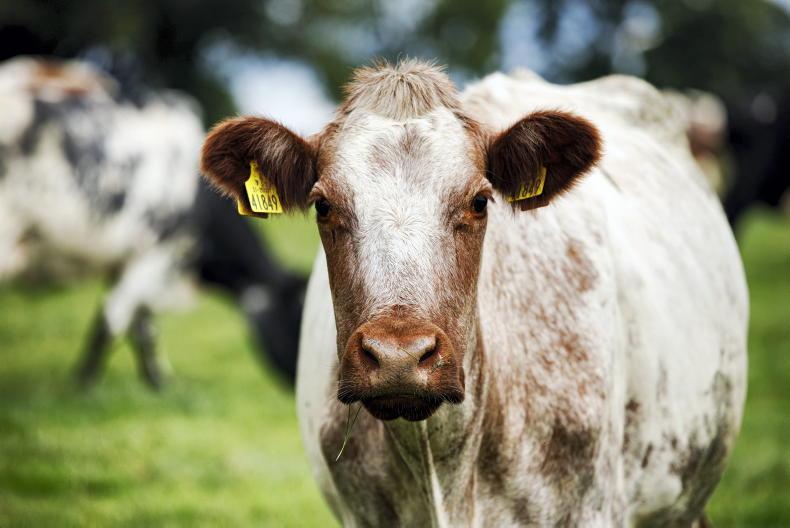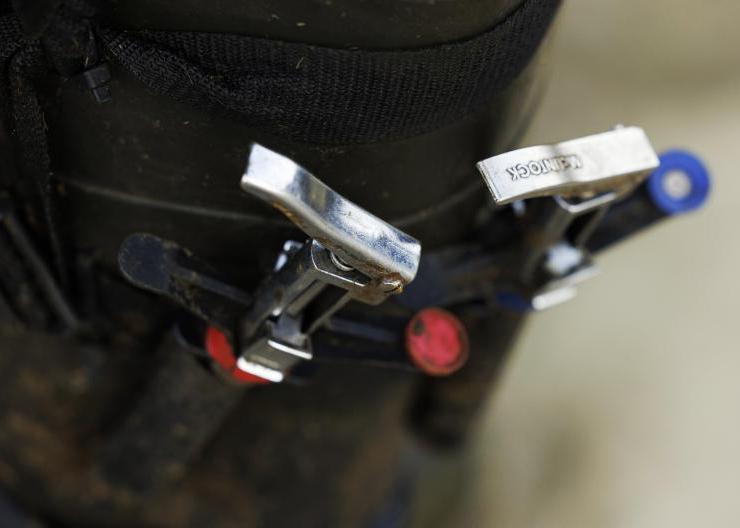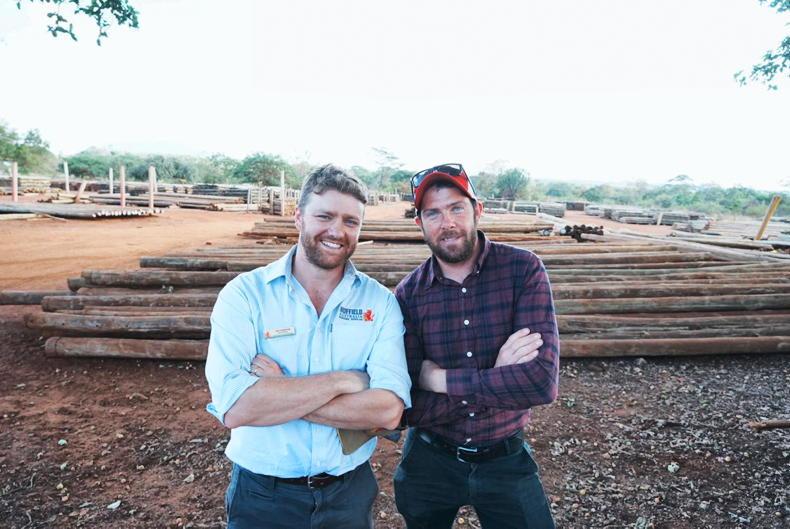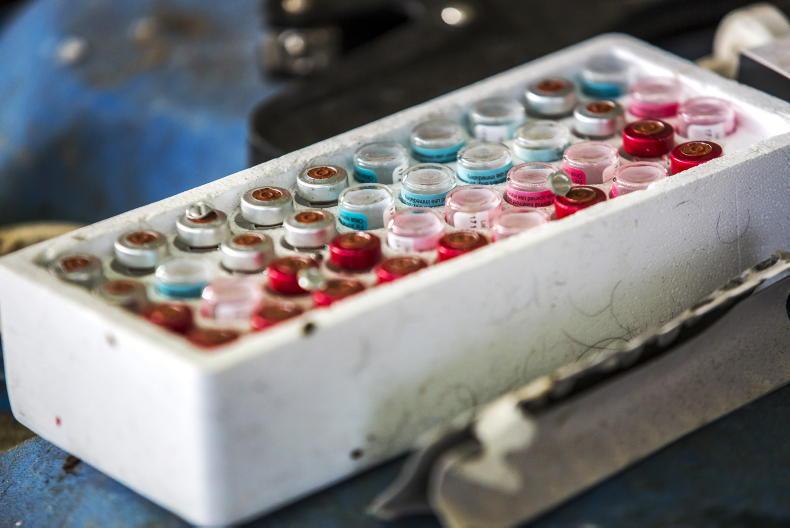The latest Department of Agriculture figures on bovine TB show that the eradication programme is failing to dent the disease’s hold on many of the worst hotspots in the country.
The 12-month rolling incidence for west Wicklow increased to breach the 20% mark, with east Wicklow’s falling slightly to around 11%, but remaining well ahead of the national average, the Irish Farmers Journal can reveal.
The equivalent 12-month rolling figures for these hotspots three months ago stood at 17.9% and 11.8% respectively.
Counties with the next-highest herd incidence rates include Dublin at 9.8%, north Cork at 8.0%, Meath at 7.5% and Laois at 7% - all of which have increased on Q3 2022's figures.
Other counties have witnessed successive year-on-year rises where TB rates crept incrementally upwards.
One example is Co Kilkenny, where the Q3 12-month herd incidence rate stood at 4.1% at this stage of 2021, 5.4% in 2022 and 7.4% this year – a rise of four-fifths since 2021.
Mayo herd incidence sits the lowest of any county at 1.8%, followed by Galway at 2.4%, Leitrim at 2.8% and Sligo at 3.4%.
Reactors and restrictions
Some 20 counties saw more cattle herds face TB restrictions over the year up to October than had faced them in 2022.
The 12.6% rise in herd restrictions took to 4,868 the number of herds restricted over the 12-month span.
Co Cork saw the highest number of herds restricted over this time at 749, up from 617 a year previous. The equivalent figure for the same period in 2021 stood at 748.
The TB eradication programme also saw a higher number of reactors identified in 21 counties in the year to date than were identified in the equivalent figures for Q3 2022.
There were 25,916 reactors found during TB tests in the year up to October 2023.
In contrast, over half of all counties came out of a 12-month period of falling reactor numbers this time in 2022.
Read more
TB herd incidence continues to climb
The latest Department of Agriculture figures on bovine TB show that the eradication programme is failing to dent the disease’s hold on many of the worst hotspots in the country.
The 12-month rolling incidence for west Wicklow increased to breach the 20% mark, with east Wicklow’s falling slightly to around 11%, but remaining well ahead of the national average, the Irish Farmers Journal can reveal.
The equivalent 12-month rolling figures for these hotspots three months ago stood at 17.9% and 11.8% respectively.
Counties with the next-highest herd incidence rates include Dublin at 9.8%, north Cork at 8.0%, Meath at 7.5% and Laois at 7% - all of which have increased on Q3 2022's figures.
Other counties have witnessed successive year-on-year rises where TB rates crept incrementally upwards.
One example is Co Kilkenny, where the Q3 12-month herd incidence rate stood at 4.1% at this stage of 2021, 5.4% in 2022 and 7.4% this year – a rise of four-fifths since 2021.
Mayo herd incidence sits the lowest of any county at 1.8%, followed by Galway at 2.4%, Leitrim at 2.8% and Sligo at 3.4%.
Reactors and restrictions
Some 20 counties saw more cattle herds face TB restrictions over the year up to October than had faced them in 2022.
The 12.6% rise in herd restrictions took to 4,868 the number of herds restricted over the 12-month span.
Co Cork saw the highest number of herds restricted over this time at 749, up from 617 a year previous. The equivalent figure for the same period in 2021 stood at 748.
The TB eradication programme also saw a higher number of reactors identified in 21 counties in the year to date than were identified in the equivalent figures for Q3 2022.
There were 25,916 reactors found during TB tests in the year up to October 2023.
In contrast, over half of all counties came out of a 12-month period of falling reactor numbers this time in 2022.
Read more
TB herd incidence continues to climb










SHARING OPTIONS